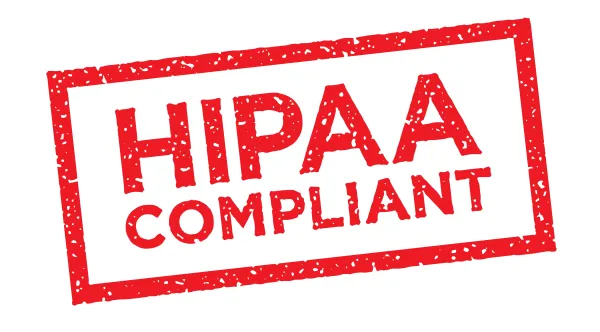Cardiology Coding Alert
Figure Out EP Study Case
Question: My cardiologist placed sheaths for vascular access in the patient’s groin and passed electrode catheters into the patient’s body through the sheaths. They used imaging guidance to guide the electrode catheters through the blood vessels to the heart and placed the electrodes in the desired areas to check the heart’s electrical system, repositioning the electrodes as needed. During this comprehensive electrophysiologic (EP) study, my provider induced an arrhythmia. They performed right atrial pacing and recording, with electrograms (a record of electrical activity) before and after pacing. This EP study also included right ventricular pacing and recording, left ventricular pacing and recording, left atrial pacing and recording from the coronary sinus or left atrium, and His bundle recording. In addition, the EP study included intracardiac EP 3–dimensional (3D) mapping. Once the evaluation was complete, the provider analyzed the data and used ablation to treat the ventricular tachycardia by placing a specialized catheter at a single site to deliver energy that destroyed the source of the problem. What code should I report for this procedure? Colorado Subscriber Answer: This is an example of ventricular tachycardia ablation, which is used to destroy an electrical pathway causing the ventricle to contract abnormally. There is one code to report a ventricular tachycardia ablation: 93654 (Comprehensive electrophysiologic evaluation with insertion and repositioning of multiple electrode catheters, induction or attempted induction of an arrhythmia with right atrial pacing and recording and catheter ablation of arrhythmogenic focus, including intracardiac electrophysiologic 3-dimensional mapping, right ventricular pacing and recording, left atrial pacing and recording from coronary sinus or left atrium, and His bundle recording, when performed; with treatment of ventricular tachycardia or focus of ventricular ectopy including left ventricular pacing and recording, when performed). Remember: Only one primary ablation code may be reported in a single case because each of the primary codes include a comprehensive EP study. If you have a case where a supraventricular tachycardia and ventricular tachycardia require ablation at the same setting, report either EP study code 93653 or 93654, and then the other distinct mechanism of arrhythmia would be reported with add-on intracardiac catheter ablation code +93655. A transseptal approach (+93462) and performance of an EP study following drug infusion (+93623) are separately coded with ventricular tachycardia ablation (93654) when performed. If an additional mechanism of arrhythmia (atrial of ventricular) is ablated, then report add-on code +93655.
Related Articles
Cardiology Coding Alert
- CPT®:
Follow 3 Handy Steps to Solidify Your Cardiac Stress Test Coding
Remember: Only report global code if physician performs complete test. If your cardiologist performs cardiac [...] - Quiz:
Test Your Atherosclerosis Coding Smarts With This Quiz
Hint: Use combo codes when applicable. When a patient has atherosclerosis, you must look for [...] - Documentation:
Tackle Incomplete Notes and Learn How to Query Providers With Ease
Hint: Know when to query. Having complete and accurate documentation is so important in your [...] - You Be the Coder:
Figure Out EP Study Case
Question: My cardiologist placed sheaths for vascular access in the patient’s groin and passed electrode catheters [...] - Reader Questions:
Decipher Upper Extremity Artery Harvest Scenario
Question: My cardiologist incised the skin on the patient’s upper extremity and dissected soft tissue to [...] - Reader Questions:
Puzzle Through This Thromboendarterectomy Situation
Question: Our surgeon treated a patient with severe blockage of the right carotid artery by performing [...] - Reader Questions:
Discover PHE Expiration Date
Question: Did the COVID-19 public health emergency expire (PHE)? Alabama Subscriber Answer: No, the COVID-19 public health [...] - Reader Questions:
Delve Into Prescription Drug Management Advice
Question: What qualifies as prescription drug management, which is a moderate-risk level in the complications and/or [...]




